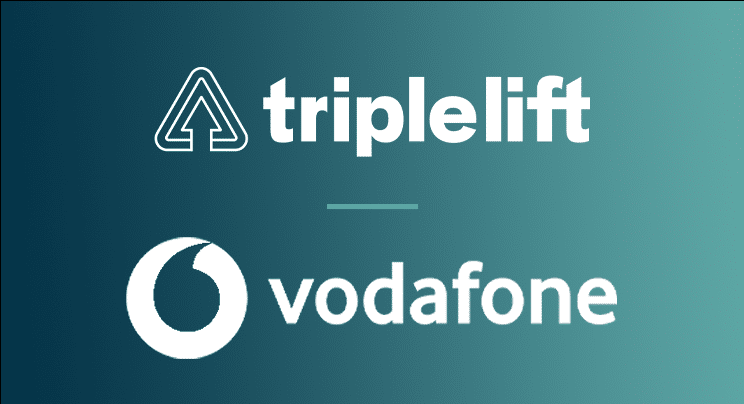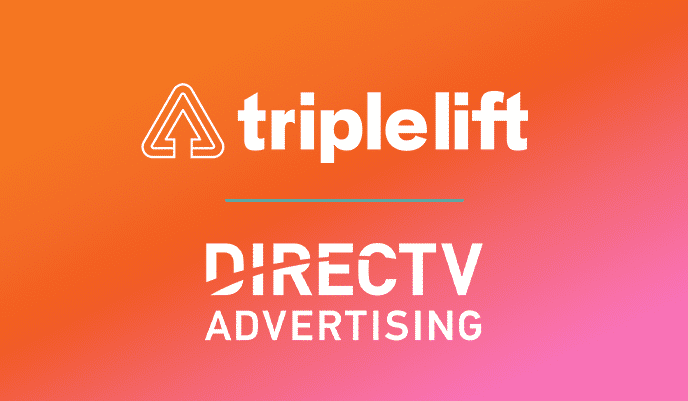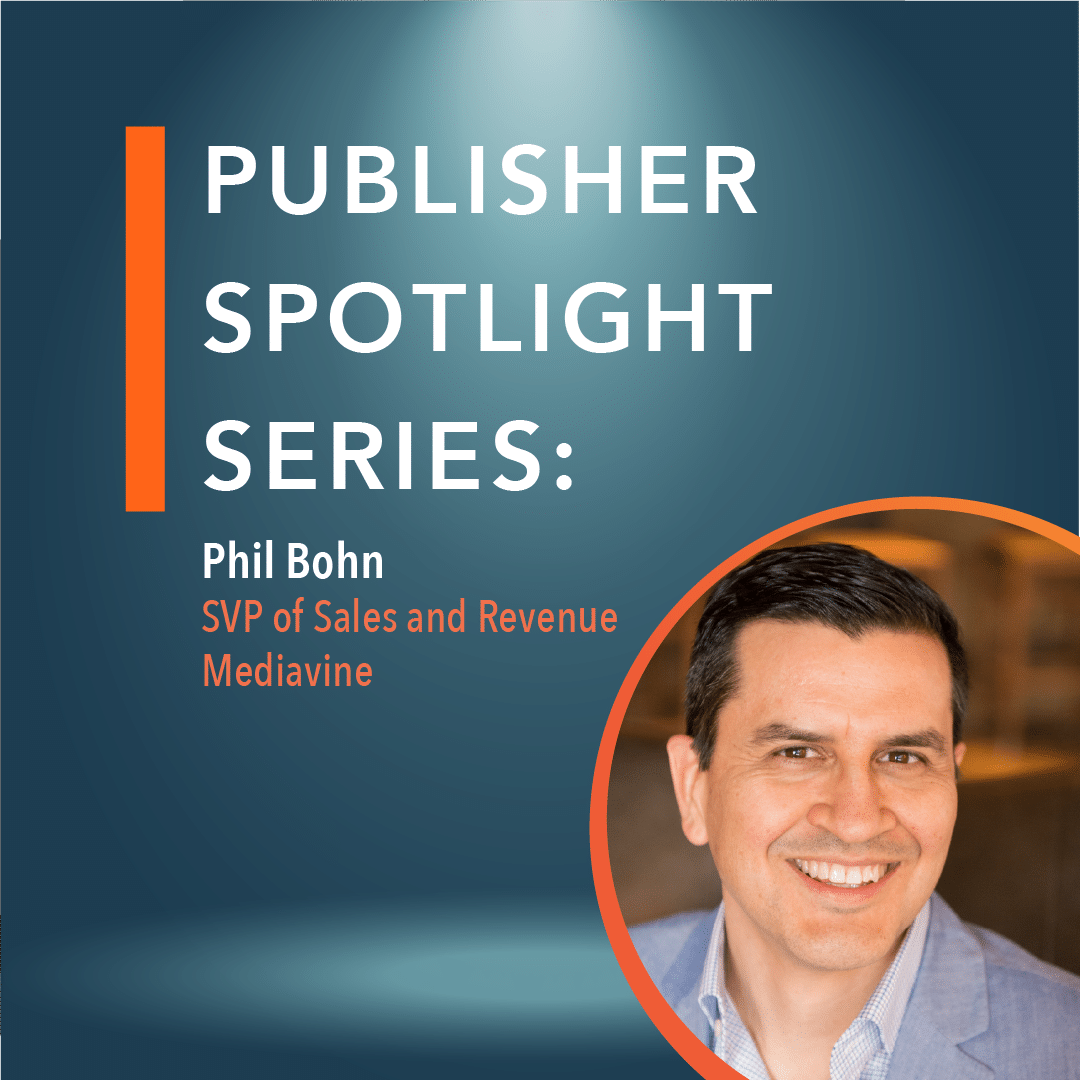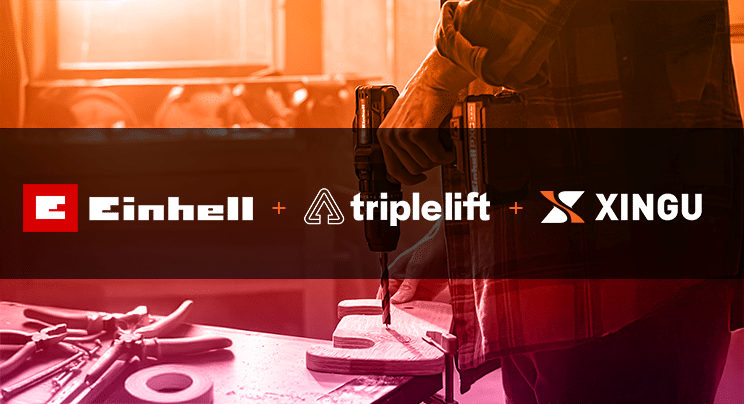Welcome to TripleLift’s Publisher Spotlight Series! Every month we’ll share an interview with one of our premium publishers, highlighting unique stories and uncovering valuable insights. This week we’re speaking with Phil Bohn, SVP of Sales and Revenue at Mediavine. Read on to learn how Mediavine uses SPO requirements as a differentiator and the surprising trait they have in common with Alexander Hamilton!
Thanks for taking the time to answer our questions Phil! For starters, can you tell us about your role at Mediavine?
Sure, and thanks for having me! My official title at Mediavine is SVP of Sales and Revenue. Most of my time is spent managing the Sales team, forging relationships with potential new partners/marketers, improving relationships with existing partners, or improving products, all in the name of revenue.
As part of my role, I am also required to use no less than 700 adtech acronyms per day. It is a very well kept secret in the industry that acronyms are negotiated upon hiring. (I kid, but actually just preparing you for the avalanche of acronyms below.)
How are you dealing with the SPO opportunities of sellers.json, ads.txt, and more coming from DSPs?
From the beginning, our goal at Mediavine has been to establish a safe, performance-driven environment for advertisers, therefore any efforts to improve transparency on the buy-side are aligned with our core philosophy. We’ve had to build out some functionality, but so far we have been able to accommodate these changes.
Supply Path Optimization is a little different. There are no set rules and a brand, an agency, or the DSP could be directing the optimizations. This means that SPO is one of our key discussion topics with partners and we’ve built internal reporting to monitor for any significant drop-offs from specific advertisers or DSPs, either through a single exchange or all exchanges.
As of today, we haven’t had any major issues and the few times there were concerns we were able to explain our strategy: Mediavine is providing the technology to allow thousands of independent publishers to add their billions of high performing ad impressions into the ecosystem, so keep the bidding and buying flowing!
Do those changes make it difficult to prove your directness as a network?
Mediavine strives to find solutions well in advance of any deadlines required for such initiatives, so we’re never struggling to adapt at the last minute. However, these initiatives did require an extra layer of communication to understand how DSPs were auctioning off ads.txt and sellers.json, and to ensure Mediavine passed all necessary requirements.
We view these requirements as a way to set ourselves apart from other ad management providers and as an impetus to create a seamless solution for publishers and buyers. Once we explain the value proposition of the Mediavine Script Wrapper and our other products, plus our exclusivity clause with publishers, it is relatively easy to prove our directness.
Are you seeing better performance or a specific share of voice from certain DSPs vs others?
Our robust internal reporting focuses on dozens of metrics, and alongside an additional reporting set from our revenue partners, we have a unique snapshot into Mediavine’s performance levels. While we aim for diversity in our programmatic revenue streams, there are obviously a few publicly traded companies who tend to have a higher share of voice than others, but it isn’t by design.
According to our reporting, we generally perform better than our cohorts in key revenue-driving categories. While this could be what they tell all the publishers to boost their adtech self-esteem, we are extremely confident in our reporting and performance.
Mediavine is the only Comscore Top 5 Lifestyle publisher with an audience that skews more than 70% female. Was that by design, or a natural development that you leaned into?
It was absolutely by design in that Medavine prioritizes a clean and safe environment for marketers. We knew if we could scale our business with these priorities at the forefront, we would achieve higher CPMs and RPMs for our publishers. It turns out Food, Parenting, DIY, and Travel is very brand-safe content and tends to skew very female.
In other words, much like Aaron Burr and Alexander Hamilton, Mediavine is “reliable with the ladies!” (If you haven’t seen Hamilton: An American Musical, you have my sympathies. Please finish reading this blog post and go immediately to get a Disney+ subscription and watch. You’re welcome!)
From a publisher perspective, what are the challenges that programmatic is facing right now that keep you up at night?
The current decline in bids from iOS/Safari traffic and the impending Chrome Cookie Massacre of 2021. For many, if not most of our 7,500+ publishers, Mediavine is their primary source of income. Continuing to optimize earnings for these small businesses in a rapidly changing ecosystem is both a challenge and our top priority.
What are some of the advantages of working with Mediavine versus other publishers in your competitive set?
Mediavine’s technology has been the linchpin of our company from day one. We built our own Script Wrapper and all of the optimizations within it, as well as our own instream video player, outstream video player, Open RTB server-to-server connections and, starting this year, our audience engagement framework and first-party data collection product, Grow.me.
We have dedicated engineering teams to maintain, improve and grow all of these products. Mediavine’s technology and the people behind it set us apart in every respect.
What has been your greatest learning moment this year? Why and what did you take away from it?
Last year, we built our own Open RTB server-to-server solution. The plan was to use this to connect to smaller exchanges, minimizing latency. After extensive testing and optimizations, we’ve improved performance from all of our revenue partners over traditional on-page integrations. We expect to remove all on-page integrations in early 2021, dramatically improving pagespeed, SEO, viewability, and other key metrics.
Most of our exchange partners have told us that match rates are a major pain point in S2S connections, but we have solved for this issue and look forward to fully implementing our in-house S2S-only Script Wrapper in 2021.
So, here’s to 2021, the year of the Ox and the first 100% publisher-built server-to-server Script Wrapper! (Aka, the S2S-SW. Whew, just hit 700 acronyms for the day on the dot with that one. Clocking out to watch Hamilton now.)
For more information about TripleLift, our publishers, or how to be featured in a publisher spotlight, please contact us here.






